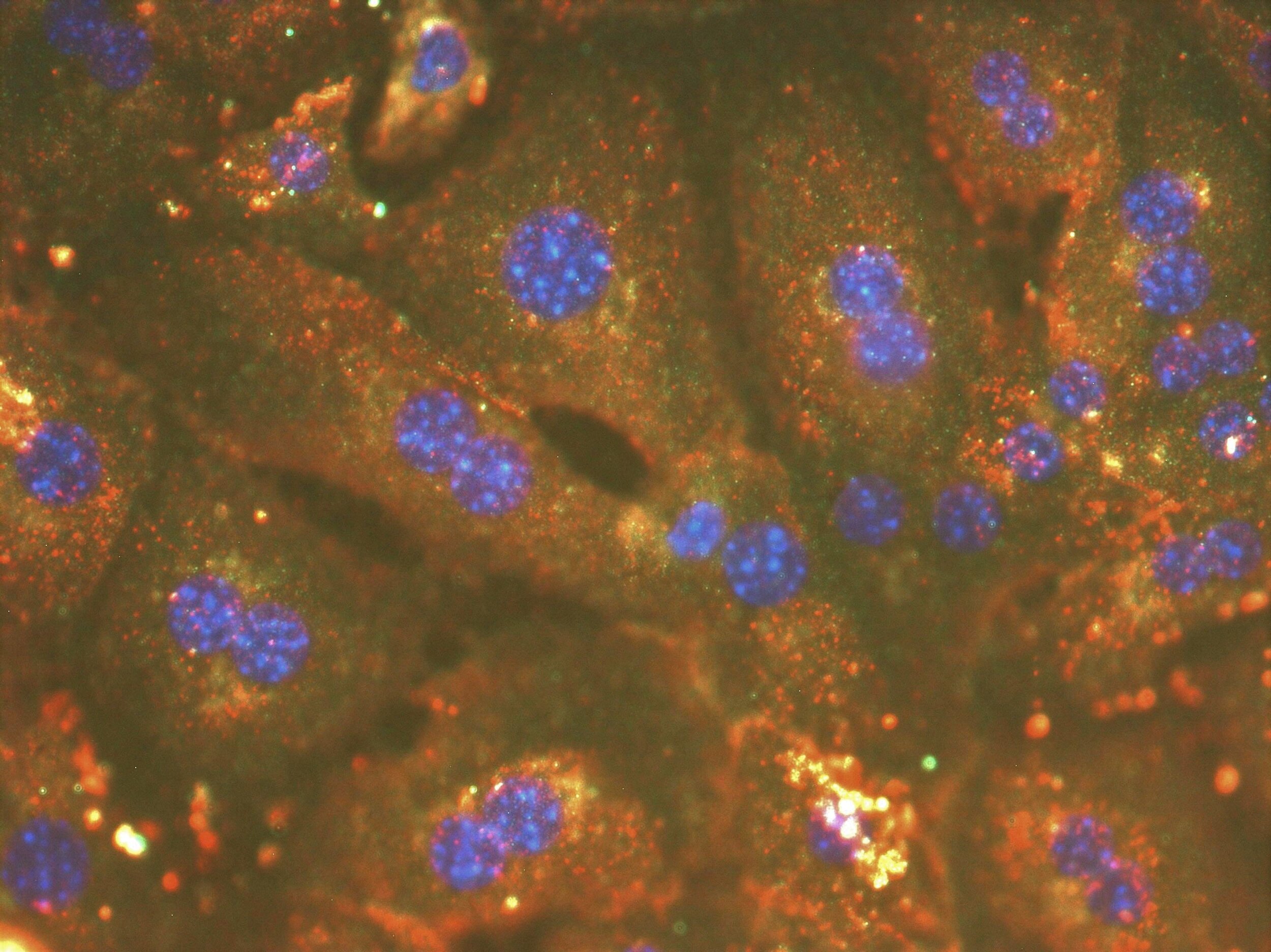
Overview of our Research Projects
Research Focus
Our research is focused on studying pathophysiological and pharmacological role of the hepatic Aryl hydrocarbon Receptor (AhR). AhR is a ubiquitous, ligand-mediated basic helix-loop-helix (bHLH) transcription factor in the Per/Arnt/Sim (PAS) domain protein family. It regulates adaptive and toxic responses to a variety of environmental pollutants, including polycyclic aromatic hydrocarbons and halogenated aromatic hydrocarbons - most notably 2,3,7,8-tetrachlorodibenzo-p-dioxin (TCDD, dioxin). In a canonical pathway, upon ligand binding AhR dissociates from chaperonins, translocate to the nucleus, forms a heterodimer with Aryl hydrocarbon Receptor nuclear translocator (Arnt), and binds to Xenobiotic Response Elements (XRE, GCGTG motif) present in the promoter region of many detoxification genes, which code for the phase I and II xenobiotic metabolic enzymes including members of the cytochrome P450 superfamily. Recently, multiple endogenous, phytochemical, and microbial AhR ligands have been recognized. We identified tryptophan catabolite, cinnabarinic acid (CA) as an endogenous AhR agonist capable of activating expression of AhR target gene, stanniocalcin 2 (Stc2). This finding is noteworthy as CA-induced AhR-mediated stc2 upregulation confers protection against alcoholic liver disease and metabolic dysfunction-associated steatohepatitis (MASH). Additionally, CA versus TCDD driven AhR - regulated different genes and signaling pathways. This resulted in a agonist-specific differential gene regulation and signaling by AhR with distinct pathophysiological outcomes.
-
Our group is focused on studying significance of epigenetic modifications, chromatin architecture, and remodeling in agonist-specific differential gene regulation by AhR.
We utilize specialized CRISPR-CAS9 gene editing, proteomics, chromatin immunoprecipitation, and single cell multiome sequencing techniques in mammalian cell lines and in vivo models.
-
We are investigating role of multiple AhR bound co-factors, target genes, and downstream signaling in regulation of hepatic triglyceride metabolism, obesity, cell proliferation and apoptosis, inflammation, oxidative stress, and tumorigenesis.
-
We are performing pre-clinical and translational research to characterize role of plethora of tryptophan catabolites as a novel therapeutics against hepatic and metabolic diseases.
-
In collaboration with medicinal and organic chemists we are synthesizing, and characterizing role of novel small-molecule ligands as therapeutic candidates against metabolic dysfunction-associated steatohepatitis (MASH).